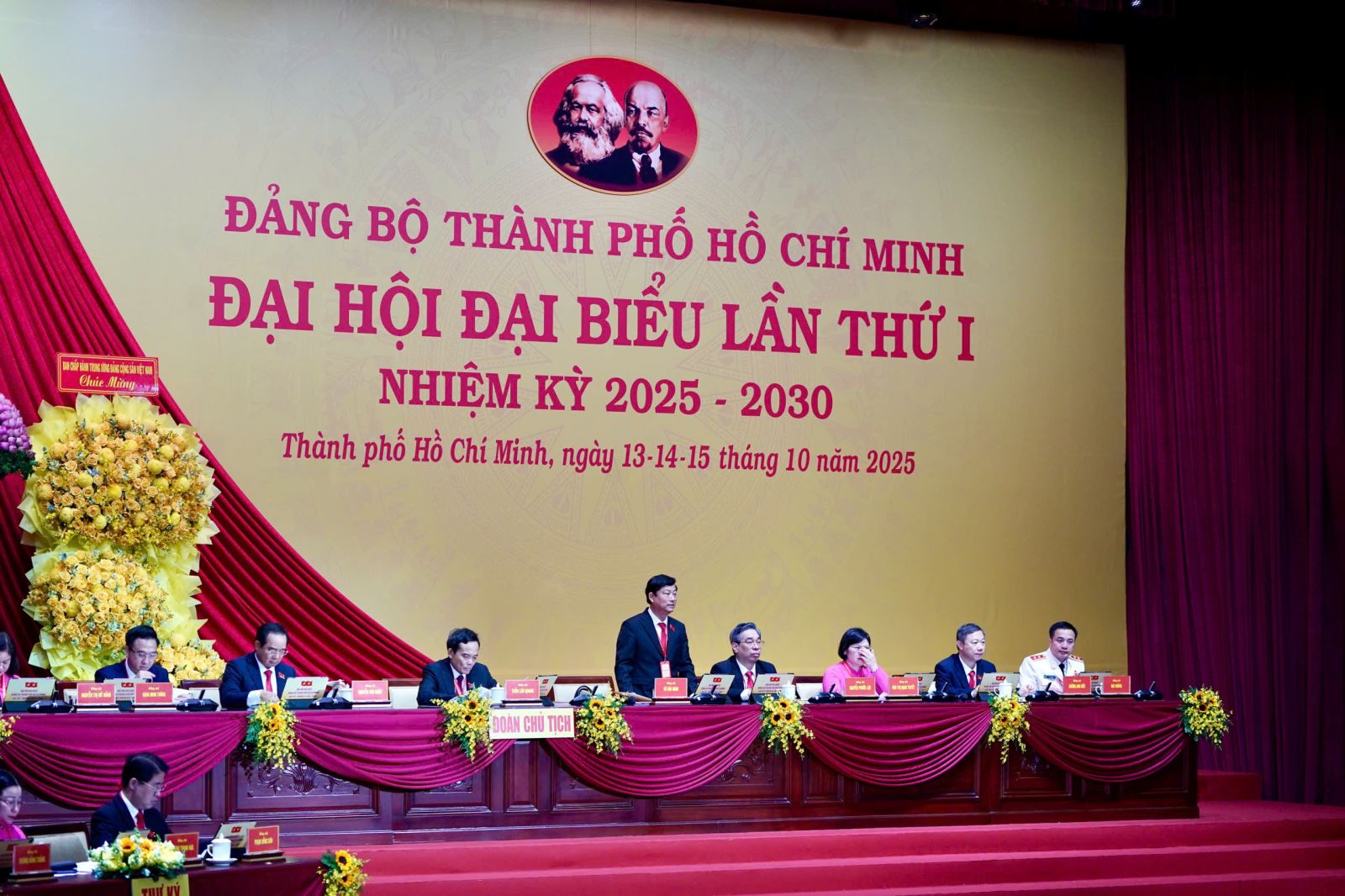
Pillars for rapid and sustainable growth
On the morning of October 15, at the 1st Congress of the Ho Chi Minh City Party Committee, leaders of departments and branches presented a report on development orientations for the new term, in which science , technology (S&T) and innovation (I&C) were identified as the central pillars of the growth model.
Mr. Lam Dinh Thang, Director of the Department of Science and Technology of Ho Chi Minh City, said that in the recent period, science and technology and innovation have become an important driving force to promote the city's economy , contributing to improving productivity, efficiency and competitiveness.
According to Mr. Thang, total factor productivity (TFP), a measure reflecting the contribution of science and technology, is expected to reach 59% by the end of 2025, while the digital economy accounts for 22% of GRDP in 2024 and will increase to 25% in 2025. Ho Chi Minh City currently ranks 2nd in the country in terms of digital transformation and innovation index, and is in the Top 5 most dynamic startup ecosystems in Southeast Asia (ranked 110 globally). In particular, the City ranks 30th in the world in Blockchain technology, demonstrating strong progress in the field of digital finance.

To achieve this result, according to Mr. Lam Dinh Thang, Ho Chi Minh City has synchronously deployed many key groups of solutions: Building a specific financial mechanism, supporting innovative enterprises through non-refundable funding packages; Incentives on salary - bonus and working environment to attract experts and high-tech talents; Forming international standard research centers, at the same time simplifying nearly 300 administrative procedures, helping to reduce more than 1,900 working days in the production - business process; establishing a special working group to support strategic investors in the field of science and technology. Thanks to that, in just the past 6 months, this field has attracted 1.6 billion USD of FDI capital, accounting for 40% of the total investment capital of the whole city.
Ho Chi Minh City currently has more than 140 science and technology enterprises, more than 100 high-quality training facilities and 55% of the country's programmers, creating a rich digital human resource base. At the same time, digital transformation in public administration and public services has been promoted and initially effective in sectors such as health, education, and transportation, pioneering the application of AI, IoT, building smart management models, contributing to the creation of efficient, modern and safe urban areas.
However, Mr. Lam Dinh Thang also frankly pointed out limitations such as the inflexible management mechanism of science and technology, lack of space for testing new technologies, incomplete data infrastructure and the "3-house" linkage model (State - School - Enterprise) has not developed in depth enough. Therefore, to overcome the above limitations, in the period of 2025-2030, the City aims for TFP to contribute at least 60% and the digital economy to account for 30-40% of GRDP, aiming to become an international-class innovation center by 2030.
To realize this, the City focuses on three strategic breakthroughs: Perfecting mechanisms, policies and attracting strategic investment, including the AI Metadata Center project worth nearly 2 billion USD of G42 Group (UAE); Developing cutting-edge technologies including artificial intelligence, semiconductor chips, robots, blockchain and biomedicine; Building a digital governance government and training high-quality digital human resources.
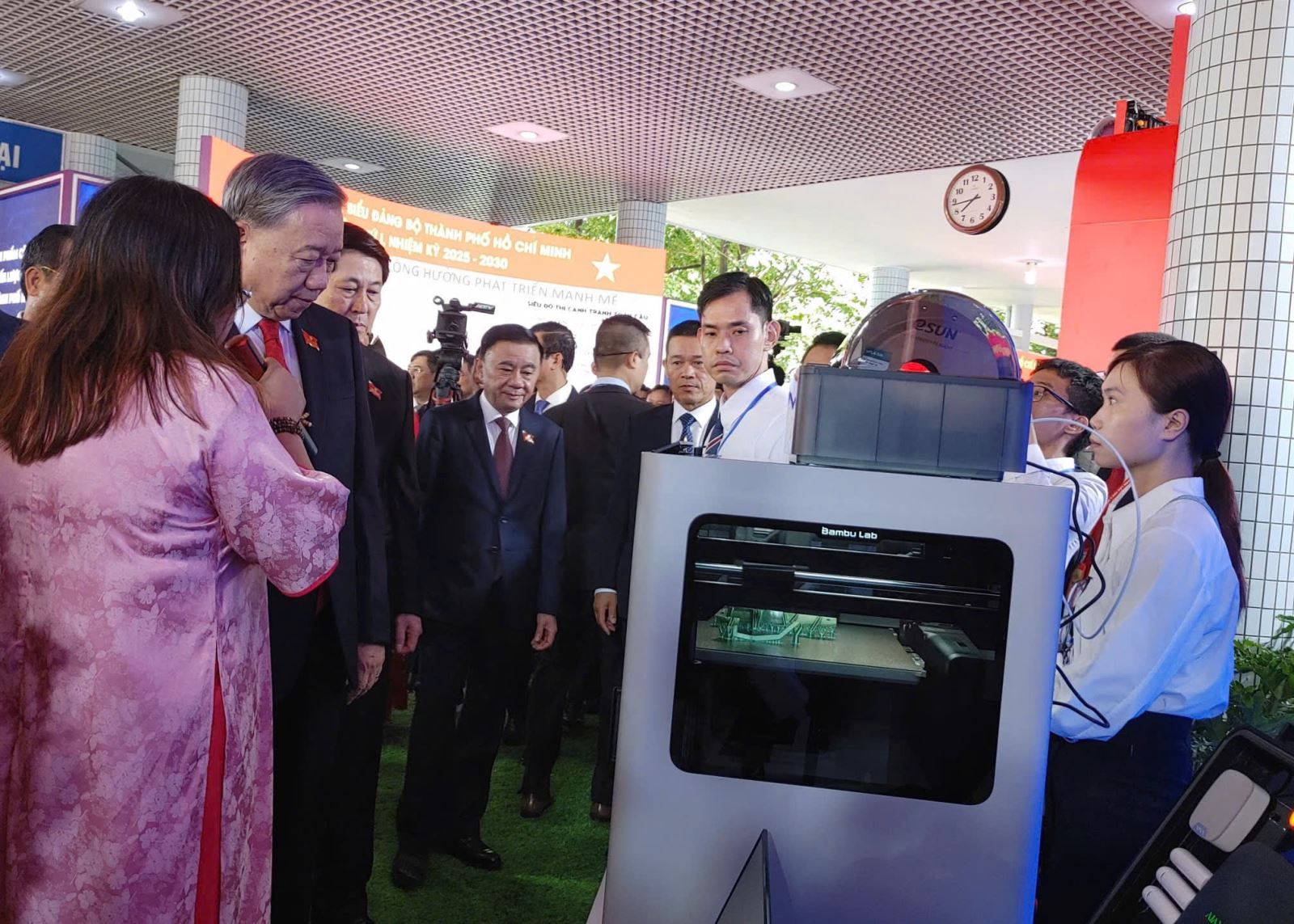
Regarding investment in science and technology, according to the draft political report, Ho Chi Minh City also sets the goal of investment and innovation as the center of the development process, a new driving force that is decisive for Ho Chi Minh City to break through and rise to the level of international cities. Specifically, in the 2020 - 2025 term, the City has formed an innovation ecosystem connecting the State - Enterprises - Training institutions, with a series of startup incubators, high-tech zones, research and innovation centers. Many research topics have been commercialized and applied to production, contributing to improving productivity and product quality. In particular, high-tech industries, high-quality services and high-tech agriculture have become three spearheads in the City's new economic structure.
Breakthrough from institutions to resources
Sharing about the economic development orientation in the coming term, Mr. Truong Minh Huy Vu, Director of the Ho Chi Minh City Institute for Development Studies, said that to maintain a fast and sustainable growth rate, the City must transform its economic model associated with "green - digital - creative", while at the same time well controlling the risk of hot growth in the context of many global fluctuations.
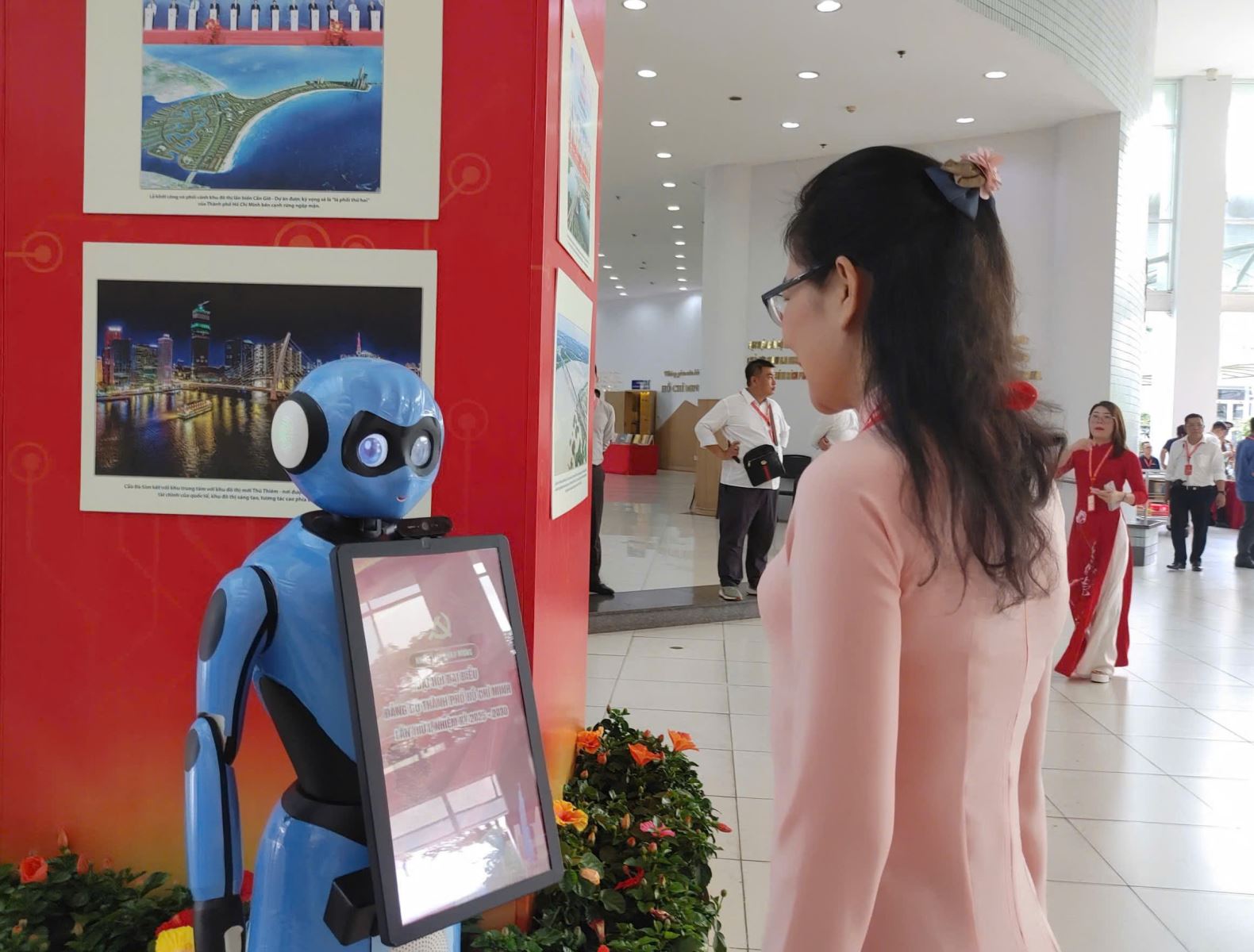
Therefore, Mr. Huy Vu also proposed 5 key groups of solutions for the coming period. Specifically, increasing institutional capacity: Ho Chi Minh City needs to proactively propose and adhere to specific policies to institutionalize them into resolutions, creating a flexible legal framework for innovation and development; Transforming the economic model: Simultaneously developing green and digital economies; deploying strategic industries, along with sustainable urban agriculture - an important pillar for the environment and society; Building strategic infrastructure: Completing the system of 3 corridors - 5 infrastructure pillars, including transportation, logistics, finance, digital infrastructure and innovation infrastructure, ensuring connectivity between industrial parks, innovative urban areas and international financial centers; Mobilizing social resources: Expanding the public-private partnership (PPP) model to develop transportation infrastructure, big data infrastructure, innovation centers and science parks; Human resource development: Reorganize the training facility system, link training with production practices, and form a network of experts and high-tech engineers to serve research centers and innovative businesses.
“The ability to execute must go hand in hand with breakthrough thinking, daring to think, daring to do and knowing how to turn ideas into concrete actions in each development plan. Accordingly, Ho Chi Minh City not only aims for rapid growth, but also aims for a sustainable development model, balancing the economy, society, and environment, with people and quality of life at the center of all policies," Mr. Huy Vu added.
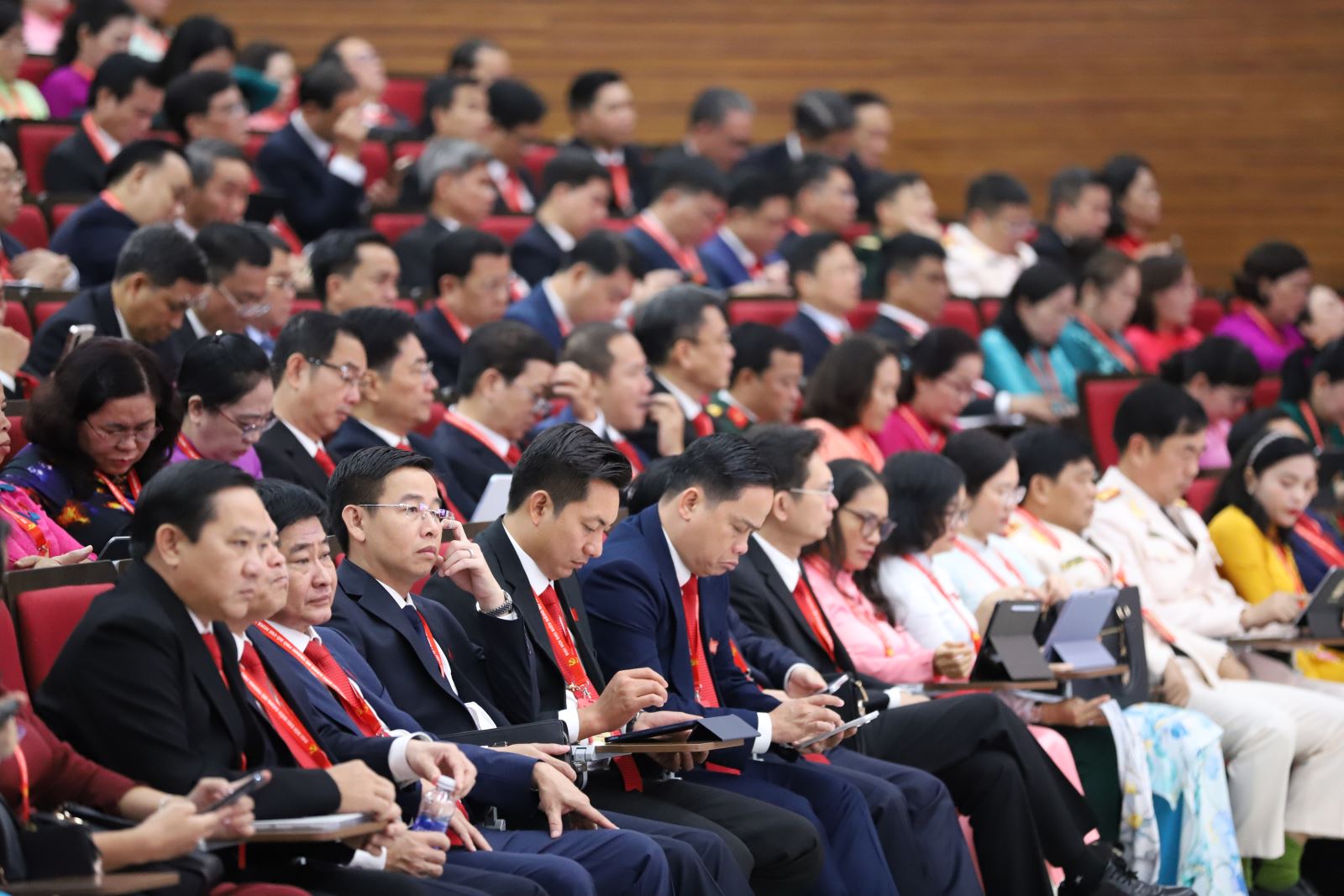
According to Mr. Nguyen Van Duoc, Chairman of the Ho Chi Minh City People's Committee, to create a breakthrough in the coming term, Ho Chi Minh City will continue to promote its role as an economic locomotive, while implementing a comprehensive action program associated with three main pillars: institutions, infrastructure and people. The city focuses on perfecting a specific financial-budgetary mechanism, creating conditions to attract strategic investment in high-tech industries, finance, logistics, renewable energy and the digital economy.
At the same time, Ho Chi Minh City will promote the connection between the Southeast and Southwest regions, form green economic corridors, strongly develop the Eastern creative urban area, high-tech industrial park, and Can Gio international transit port. On that basis, Ho Chi Minh City aims for a higher GRDP growth rate next year than the previous year, ensuring harmonious development between economy, society and environment, creating new momentum for the entire Southern key economic region.
"With a dynamic institutional foundation, the support of the business community and the creative aspirations of the people, Ho Chi Minh City will continue to affirm its position as the "innovation capital" of Vietnam, moving closer to the aspiration of becoming a leading smart, green, humane and livable super city in Asia," Mr. Nguyen Van Duoc added.
Source: https://baotintuc.vn/tp-ho-chi-minh/tp-ho-chi-minh-donluc-phat-trien-khoa-hoc-cong-nghe-so-kien-tao-do-thi-sang-tao-20251015102630964.htm


![[Photo] National Assembly Chairman Tran Thanh Man receives First Vice Chairman of the Federation Council of the Federal Assembly of the Russian Federation](/_next/image?url=https%3A%2F%2Fvphoto.vietnam.vn%2Fthumb%2F1200x675%2Fvietnam%2Fresource%2FIMAGE%2F2025%2F12%2F02%2F1764648408509_ndo_br_bnd-8452-jpg.webp&w=3840&q=75)





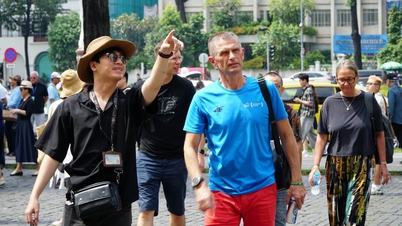



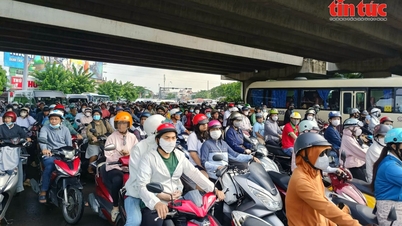
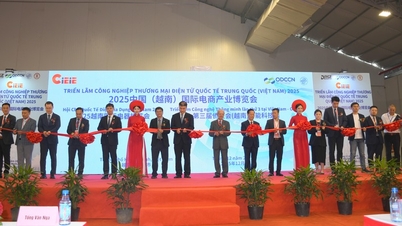


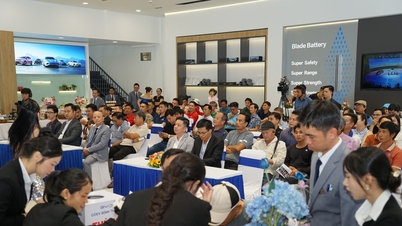

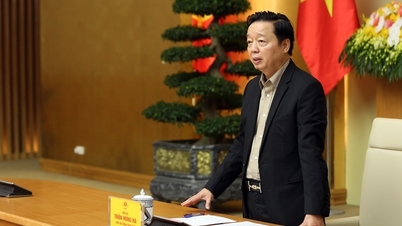
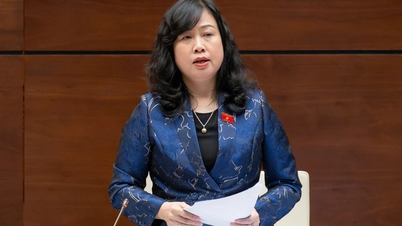











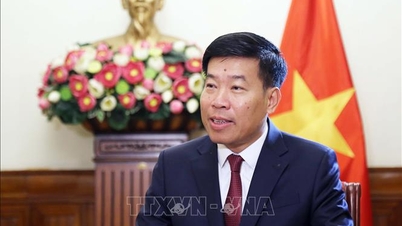
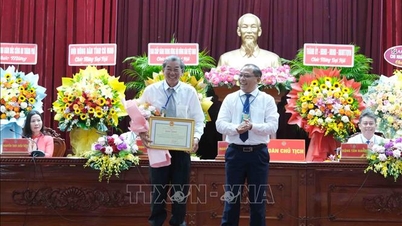


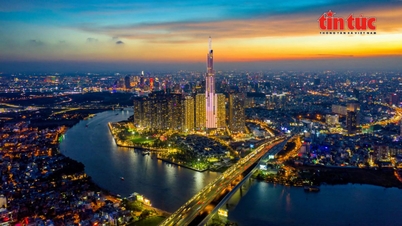





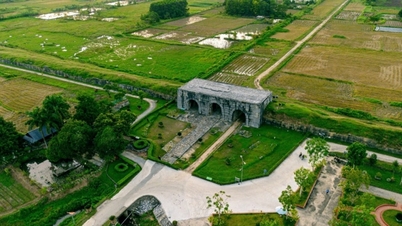
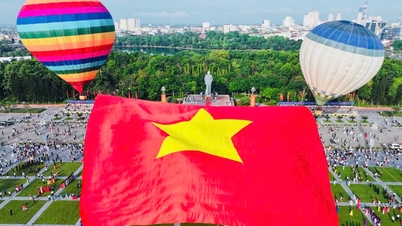



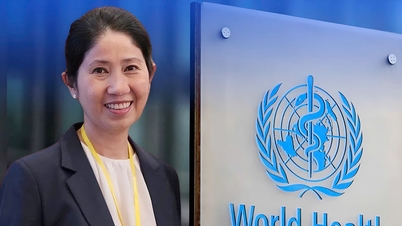

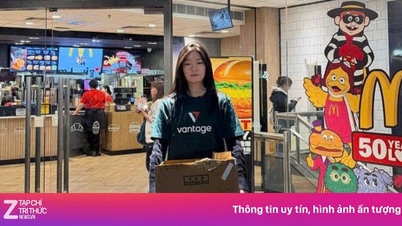

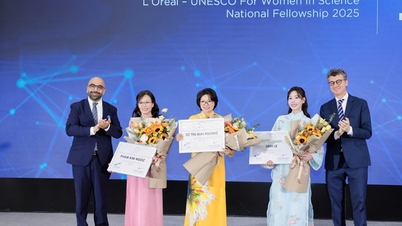

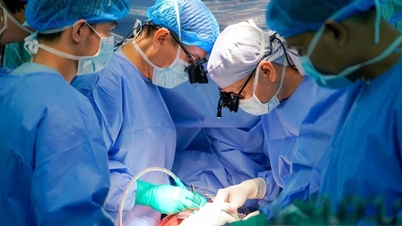
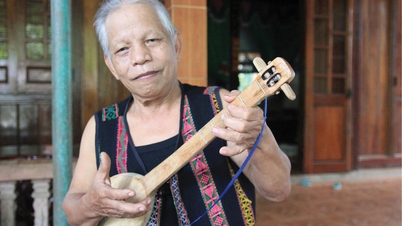

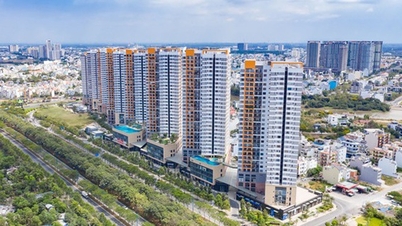



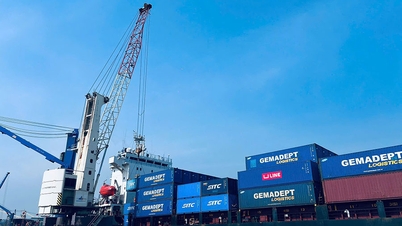










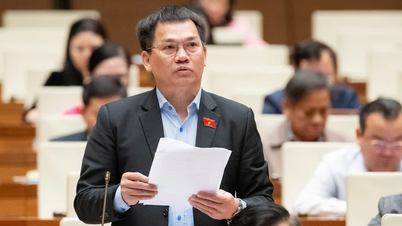


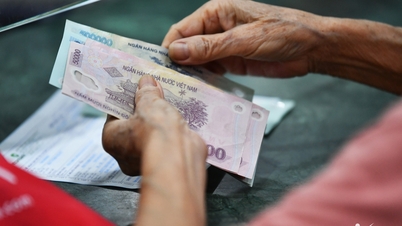
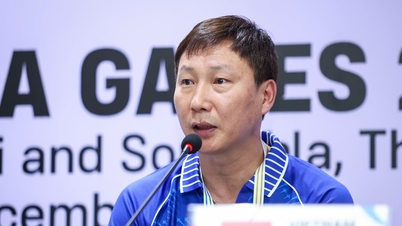


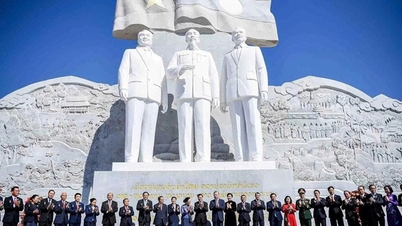

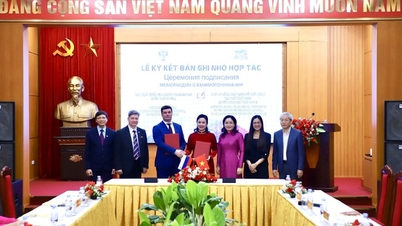


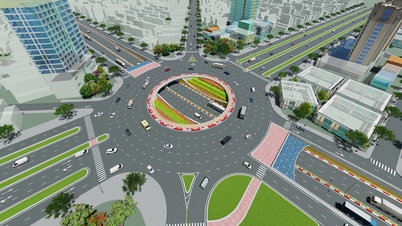

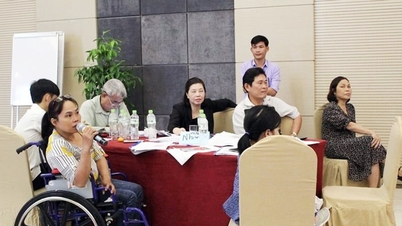

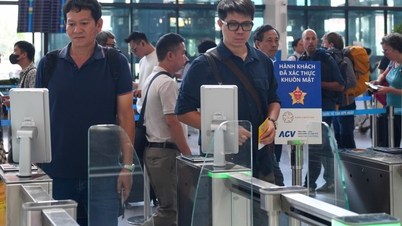

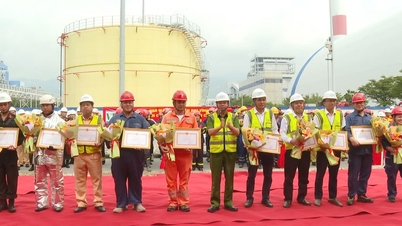
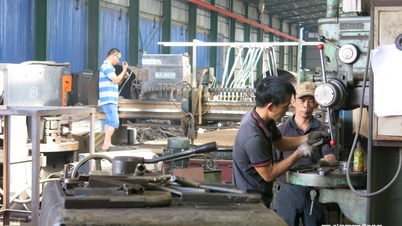













Comment (0)